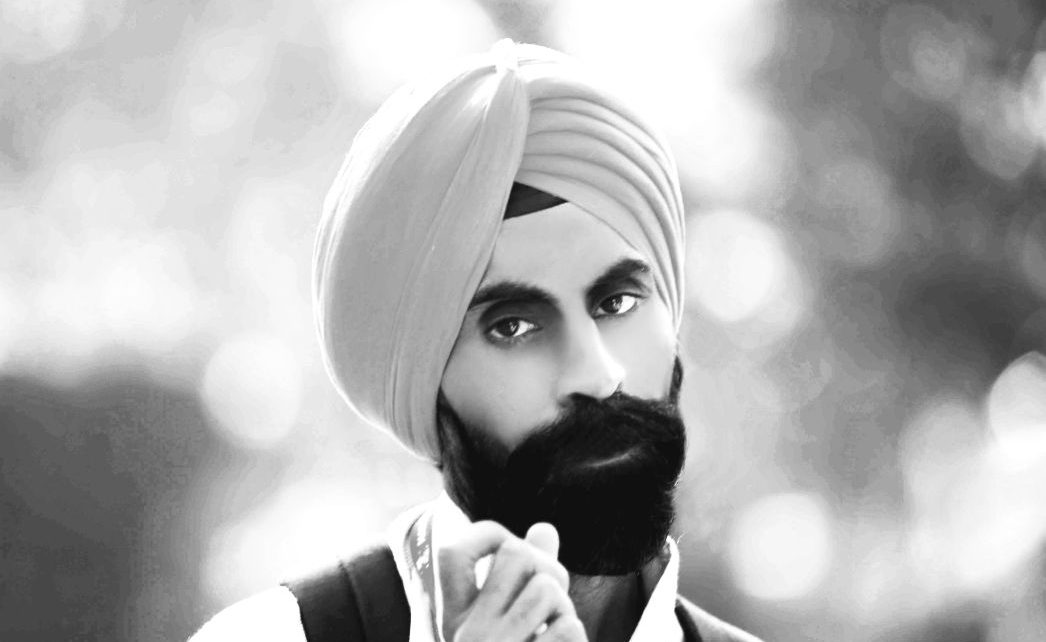May | 15, 2020 :: Hypertension (HTN or HT), also known as high blood pressure (HBP), is a long-term medical condition in which the blood pressure in the arteries is persistently elevated.
The Higher the pressure, the harder the heart has to pump.
Hypertension can lead to damaged organs as well as several illness, such as Kidney failure, Heart failure, Stroke or Heart Attack.
High blood pressure usually does not cause symptoms. Long-term high blood pressure, however, is a major risk factor for coronary artery disease, stroke, heart failure, atrial fibrillation, peripheral vascular disease, vision loss, chronic kidney disease, and dementia.
High blood pressure is classified as either
Primary (essential) high blood pressure orSecondary high blood pressure.
About 90–95% of cases are primary, defined as high blood pressure due to nonspecific lifestyle and genetic factors.
Lifestyle factors that increase the risk include excess salt in the diet, excess body weight, smoking, and alcohol use.
The remaining 5–10% of cases are categorized as secondary high blood pressure, defined as high blood pressure due to an identifiable cause, such as chronic kidney disease, narrowing of the kidney arteries, an endocrine disorder, or the use of birth control pills.
Blood pressure is expressed by two measurements, the systolic and diastolic pressures, which are the maximum and minimum pressures, respectively.
The Normal level for blood pressure is below 120/80 mm Hg. where 120 represents the systolic measurement and 80 represents the diastolic measurement.
Blood pressure of 140/90 mm Hg or above is considered Hyper tension
Lifestyle changes and medications can lower blood pressure and decrease the risk of health complications.
Lifestyle changes include weight loss, decreased salt intake, physical exercise, and a healthy diet
Symptoms
• Persistent Headache
• Blurred or Double Vision
• Shortness of Breath
Causes
!. Physical Inactivity : People who are inactive are tend to have higher heart rate. The Higher the heart rate, the harder the heart must work with each contraction putting stronger force on the arteries. Lack of exercise also increase the risk of being overweight
.2. Age : The risk of developing high blood pressure increases as the person gets older.
3. Family History : Children born to hyper tension parents are at high risk of developing hypertensive one.
4. Excess Salt intake : Salt contains sodium which retains the fluid in the body that raises blood pressure.
5. Obesity: Higher the weight, higher the risk of development of Hyper Tension.
6. Diet : A diet rich in saturated fatty acids and poor in vitamins and fibers increases the risk of Hyper tension
7. Addiction : Alcohol consumption and cigarette smoking both are linked with increase in blood pressure.
8. Mental Pressure : Stress leads to increased secretion Hyper tension. If the stress factor is not tackled, Blood pressure remain elevated chronically.
Dietary Management :
• Maintain healthy life style by maintaining adequate nutrition.
• Regularize eating habits by taking food at regular intervals
• Avoid fried foods and cold drinks
• Avoid high salt content foods.
• Sprinkle lemon juice over vegetables and fruits instead.
• Do not skip meal
• Avoid pickels, chutneys, papped, Salted nuts, Chips etc. which contain lot of Salt.
• Eat food rich in antioxidants like citrus fruits, papaya, Tomato, Grains, Cereals, Potatoes, Green leafy Vegetables.
• Avoid baked dishes which have baking power.
Yogic Management
In this modern era of digitalization, role of Yoga is increasing day by day and whole of the world is adapting the yogic treatment. Hypertension or High Blood Pressure (BP) is a common condition in present times.
It is a silent killer.
Poor lifestyle and stress are the usual culprits that cause a rise in blood pressure levels.
So, naturally, the treatment of hypertension also lies in maintaining a healthy mind and body. Meditation and physical exercises are often recommended as the best ways to reduce blood pressure levels.
But by doing simple pranayama or deep breathing exercises, you can drastically cut down your hypertension.
Kriya : Jala Neti, Sutra Neti
Yoga asana :
Yogic postures are designed in a way to strengthen and tone the muscles and reduce the burden over the internal organs.
The emotional imbalance can be mended through these postures as they require concentration.
Regular practice of yogasana helps in the regulation of endorphin and serotonin levels, which aids in relieving stress and provide relaxation.
The strectching and movement during the yogasana helps in improving the blood circulation and toning the blood vessels. This helps in getting rid of the toxins from the body and promoter a healthy state of mind.
In asanas however, the requirement for blood and oxygen decreases as there are not strains and every muscle is relaxed. When done with conscious breathing asanas balance and stabilize autonomic nervous system resulting in the regulation of blood pressure. The following asanas are recomended for individuals suffering form high blood pressurePlow Pose, Head to Knee Pose, Heroes Pose, Accomplished Pose, Lotus Position, Corpse Pose and the Pachimotonasana Series: Half Lotus Intense Stretch Pose.
All the meditational asanas are also very beneficial in lowering the blood pressure.
Research also indicates that shoulder stand is particularly effective as the pose calms the body, “lowering blood pressure by clamping down on the carotids effectively making the local pressure very high. This sends a message to the parasympathetic system, which assumes that the brain tissues are suffering from too much blood, and orders the heart and circulatory system to compensate with pressure cuts.
Some of the asanas
Tadasana,
Kati Chakrasana,
Urdhwa Hastuttanasana,
Pawan Muktasana,
Vajrasana,
Ushtrasana,
Gomukhasana,
Shashankasana,
Vakrasana,
Bhunjangasana,
Makrasana,
Shavasana.
Note : Avoid Head stand postures
Pranayam : In addition to practicing asanas, Yogic breathing has been shown to have a positive effect on blood pressure. Even for those who’ve never been exposed to yoga before, deep breathing can help to reduce the effects of constant daily stress, including rise in blood pressure. Pranayama is the Science of Breath.
Literally prana means vital energy and ayama means control.
Pranayama has the ability to restore, revitalize and reenergize the entire body.
Conscious breathing lowers blood pressure (as well as the amount of the stress hormone cortisol) that is present in the body.
Extended pranayama can lead to a sustained lower heart rate.
Even from short-term practice of regular pranayama and meditation techniques, with significant reduction in resting pulse rate, systolic, diastolic and mean arterial blood pressure.
Pranayama has been shown to influence the cardiovascular system with decrease in heart rate, and blood pressure.
While performing a pranayama, all of mind’s attention is directed on the breathing cycle. Simultaneously, healing energy is transferred to every part of the body. It is the calming effect of the exercise that reduces mental stress and regulates high blood pressure.
There are different types of pranayama that energise as well as cool your body.
Nadi Shodhana,
Ujjai,
Bharamari,
Sheetali and
Sheetkari.
Relaxation :
Yoga Nidra : : A guided meditation practice, which puts the body and mind into a deep state of relaxation.
Meditation : Meditation is another beneficial yogic practice for people with high blood pressure. The body’s physical reaction to stress is not always the same for everyone, but with negative stress there is no real relaxation between one stress situation and the next. Meditation is the study of concentration.
The mind and body are very intimately connected; when the mind is completely at ease, the whole body gains complete rest.
Practicing meditation techniques in times of physical or mental stress helps to manage the negative stress and lower blood pressure.
Breath awareness, Om Chanting, Ajapa Japa are effective way of mediattion.
In nutshell, we can say that healthy Life style coupled with the practice and principle of yoga will be a great relief for the Hyper Tension.
– Jagdish Singh
( Yoga Instructor )
Author is President to
Department of Yoga, Alumni Association, Ranchi University.



![Human Behaviour and Strategy :: Rajeev Kr Gupta [ Ranchi. Jharkhand ]](https://www.lenseye.co/wp-content/uploads/2015/09/Human-Behavior.jpg)